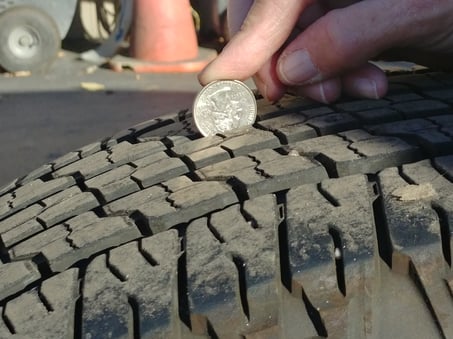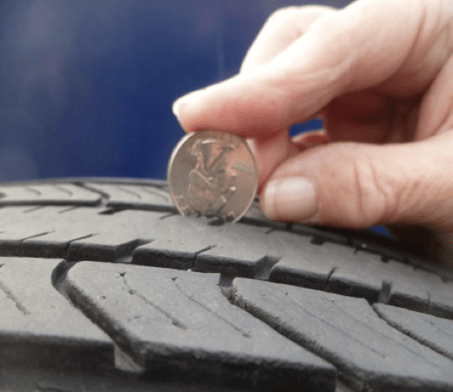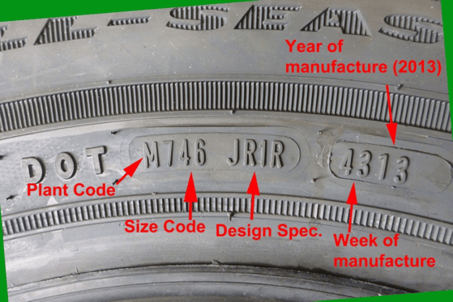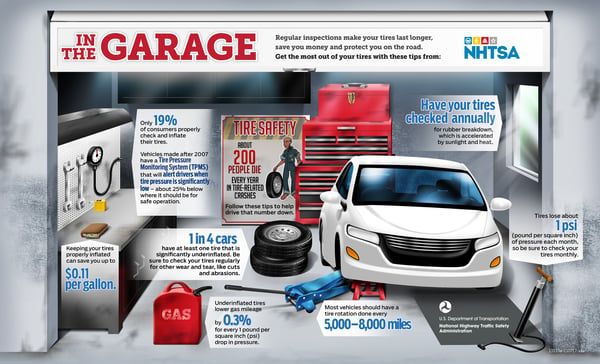Safe driving begins with tires. Automatic emergency braking is a great safety feature but not if your tires are worn out and can’t grip the pavement. The National Highway Transportation Safety Administration states only 19% of consumers properly check and inflate their tires. Tires need to be checked on a regular basis for tread depth, wear, pressure and any signs of deterioration. When we perform routine maintenance we check safety items including your tires. Tires are expensive and why wear them out prematurely by ignoring their maintenance. We recommend tire rotation every 2nd oil change. Keeping track of the condition of your tires is critical and a job you don’t have to do alone.
Winter Conditions and Tire Tread
Colorado received its first winter snow the week of October 8. NOAA predicts Colorado should see above-average precipitation to start the winter. The Farmer’s Almanac is predicting above average precipitation for November, December, January, and March. Wives’ tale or not, my favorite way of predicting winter snowfall is by looking around at the height of the skunk cabbage in the mountains.

Old-timers use the height of skunk cabbage (mullein) as a predictor of the upcoming winter snowfalls
Regardless of the forecasts, winter will bring snow and wet roads and in these conditions, good tread is critical. AAA study found that vehicles with worn tires (1/8” of tread remaining) on a wet road increased stopping distance by 43% compared to new tires. It took an average of 87 feet further for a car with worn tires to stop and if starting side by side at 60 mph, the car with worn tires will still be going 40 mph when the car with new tires has stopped. AAA recommends tires replacement when the tread depth is down to 4/32” (1/8”).
If all Washington’s head is visible tire is worn out

If part of his head is covered tire okay

For mountain driving, we recommend winter tires. Yes, it will cost you the price of a lift ticket to get them mounted and dismounted twice a year, but they are much safer than all season tires on the snow.
Colorado Traction Law
During snowstorms, CDOT will apply the Colorado Traction law. The law states that all vehicles must have snow tires, all-season tires or be all-wheel drive and tires must all have at least 4/32” of tread. The fines are substantial for violations.

Tires Get Old
Aside from tread wear, the other thing that limits a tire’s life is its age. Tires should not be used longer than 6 years from the date they were made. Tires can deteriorate from the inside and eventually blow out. The manufacture date can be found in the DOT number. The last 4 digits after DOT indicate the week and year the tire was made. The picture shows the 43rd week of 2013, so the tire should not be used after the 4th week of October 2019.
At Addison, our priority is keeping your vehicle safe and reliable. We check and air up your tires each time you’re here (tires lose about one pound per square inch of pressure per month). All 2007 and later vehicles are equipped with a tire pressure monitoring system that gives a warning when the pressure drops significantly (usually 25% low). Low tire pressure will cause premature wear.
If you have any questions about your tires, just stop in, we’re glad to check your tire tread or air pressure. Thank you for your continued business and trust.

Source: NHTSHA



